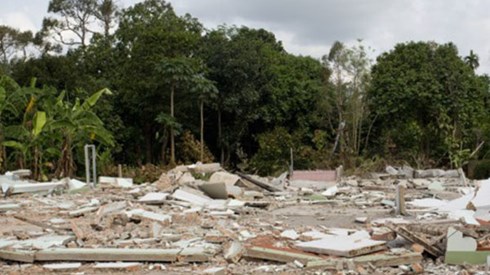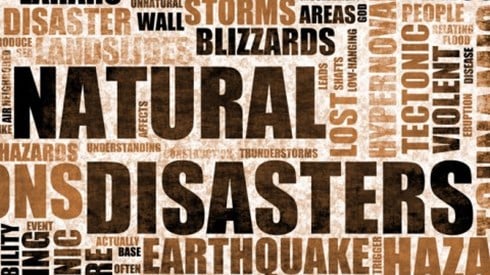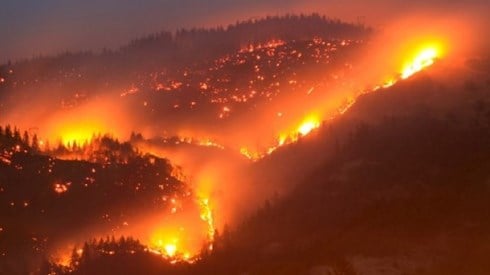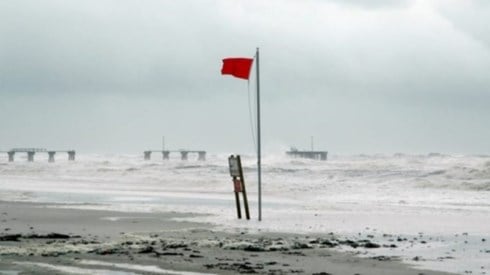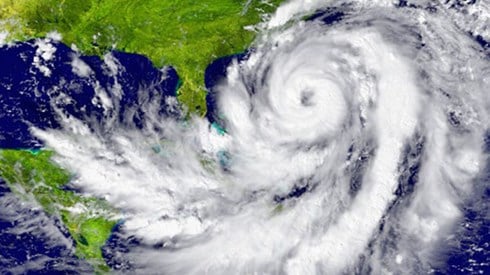2020's Above-Average Natural Catastrophe Losses Could Have Been Worse
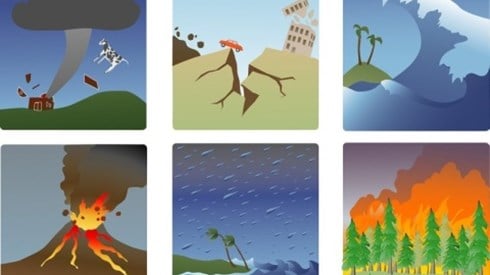
February 10, 2021

Insured losses from natural catastrophes totaled $78 billion in 2020, but they could have been worse, according to a recent report from Willis Towers Watson (WTW).
The year's catastrophe losses also give cause to consider emerging weather trends, according to WTW.
The year's insured losses were the fourth largest since the $120 billion in losses in 2011 and were 17 percent greater than the average annual losses over the past 10 years of $66.5 billion, according to the WTW Summary of Natural Catastrophe Events 2020 report.
The 2020 catastrophe losses are only half the record losses of $143 billion in 2017, however, the report noted. But the 2020 loss figure does not include industry losses resulting from the COVID-19 pandemic nor man-made insured losses, such as those resulting from the US civil disorders in May or the explosion at the port of Beirut in August, the report said. Overall man-made disasters would add $5.5 billion to 2020's catastrophe insured loss total, WTW said.
The year's catastrophe loss total was held down by the fact that despite 2020's record North Atlantic hurricane season with 30 named storms, including 13 hurricanes and 6 major hurricanes, few of 2020's storms made landfall, according to the report. The 2020 named storm total broke the previous record of 28 named storms set in 2005 and marked the fifth straight year since 2016 of above-average hurricane activity.
With many hurricanes and tropical cyclones skirting major built-up areas in 2020, the largest weather-related loss event was Hurricane Laura, which made landfall in Louisiana in August as a Category 4 storm with maximum sustained winds of 150 mph, causing $8 billion to $9 billion in insured losses. All other hurricanes making landfall in the United States during the year did so as Category 2 storms, the report said.
Severe weather in the US Midwest in August was responsible for $5 billion to $6 billion in losses, according to the WTW report, while the year's largest loss-causing event in Europe was Windstorm Sabine/Ciara, which affected more than 10 countries and caused close to $2 billion in insured losses.
In Asia, Tropical Cyclone Haishen (Kristine) passed by Japan and South Korea in early September, WTW reported, causing less than $1 billion in losses. In the Middle East, 2020's largest insured loss event was the man-made explosion in Beirut's port causing an estimated $1.5 billion in insured losses. Meanwhile, the most significant catastrophe event in Latin America and the Caribbean was November's Hurricane Iota, causing $1.3 billion in economic losses.
"A record number of North Atlantic hurricanes formed in 2020, but landfalls did not occur in great numbers, or touch areas with highly concentrated insured exposures. If they had, the story of 2020 would have been dramatically different," Vaughn Jensen, executive vice president, catastrophe analytics, Willis Re North America, said in a statement. "However, the sheer number of storms—and the continued incidence of billion-dollar wildfires in the United States and elsewhere, plus the severity of the Iowa derecho event—gives the industry cause to consider new emerging trends."
The report notes that in the United States, 2020 industry losses were well above the average annual loss level from 2010 to 2020, with at least 19 events exceeding $1 billion in losses and 2 events topping $5 billion. By comparison, 2019 had only 4 events exceeding $1 billion in losses.
The most significant severe thunderstorm insured loss event of 2020 was a storm outbreak across the northern portion of the US Midwest that produced multiple rounds of thunderstorms August 8 to 11. Wind gusts exceeding 110 mph were reported in some locations in Iowa, with 15 tornadoes forming across northeastern Illinois. The event caused economic losses estimated at $5 billion to $10 billion with insured losses estimated at $1 billion.
The United States also experienced a highly active wildfire season in 2020, according to the WTW report, with as many as 17 wildfire events during the year. In August, severe thunderstorms ignited wildfires across California, Oregon, and Washington.
Of the 17 wildfire events, 4 caused insured losses exceeding $7 billion, WTW reported, with the 4 events together burning more than 600,000 acres of land. One of the events, California's LNU Lightning Complex Fire, August 17 to September 16, is believed to have been caused by nearly 11,000 lightning strikes that occurred in California within a 72-hour span, the report said. That fire was California's fourth largest wildfire.
Another fire, the CZU August Lightning Complex Fire, was also believed to be the result of that lightning strike activity.
The WTW report noted that, according to CalFire, the 2020 wildfire season resulted in the destruction of 10,488 structures and 31 fatalities.
Discussing the COVID-19 pandemic, the report notes that as the pandemic emerged, many predicted that the global economy would suffer its worst recession since World War II. Indeed, government restrictions to minimize COVID-19 risks have triggered steep downturns in economic growth, the report said.
With the pandemic still ongoing, its full effects won't be known for years to come due to the impact across a broad span of global industries, the report said. To date, the insurance industry booked some $23 billion in losses associated with the pandemic in 2020, WTW said, and the average industry loss estimate is $68 billion, assuming full development of losses, which might take years.
February 10, 2021
